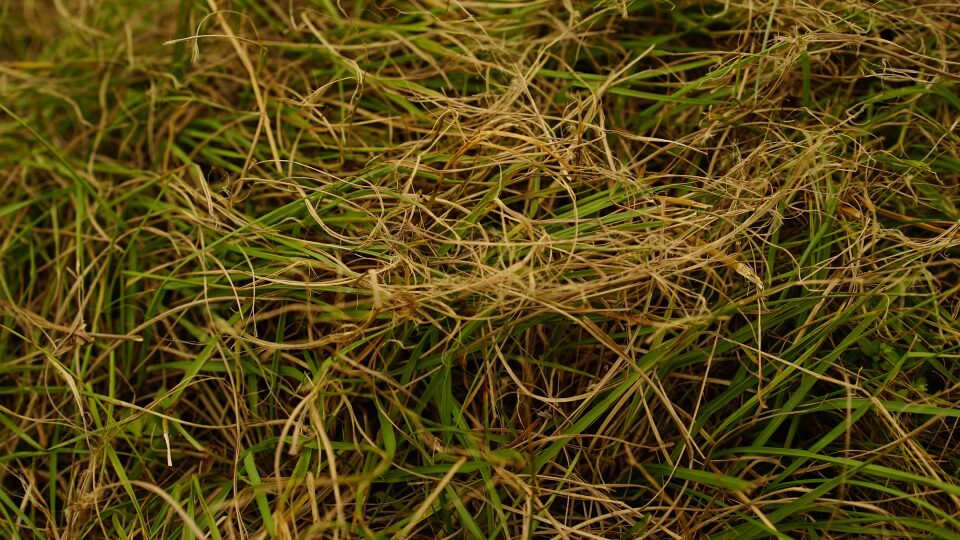Bahia
Bahia grass (Paspalum notatum) is a warm-season perennial grass native to South America. It features coarse-textured, dark green blades that form dense mats or sods. Thriving in warm, tropical climates, it’s commonly found in pastures, lawns, and roadsides. Bahia grass is valued for its heat and drought tolerance, making it suitable for poor soils. Maintenance is minimal once established, requiring regular mowing and occasional fertilization. It’s widely used for livestock grazing and as a lawn grass in warm climates.
$367.50
Related products
-
All Products
Argentine Seeds
$632.00 This product has multiple variants. The options may be chosen on the product page -
All Products
Pensacola Seeds
$505.24 This product has multiple variants. The options may be chosen on the product page
Appearance: Bahia grass is a coarse-textured grass with broad, flat blades that are typically dark green in color. It forms dense mats or sods, spreading through stolons and rhizomes. The grass produces seed heads that resemble a Y-shape or a pair of eyes.
Habitat: Native to South America, Bahia grass is well-adapted to warm, tropical climates. It thrives in full sun but can tolerate some shade and is commonly found in pastures, lawns, roadsides, and other open areas.
Cultivation: Bahia grass is valued for its tolerance to heat, drought, and poor soils. It prefers well-drained soil but can grow in a wide range of soil types, including sandy or clay soils. Once established, it requires minimal maintenance and is relatively low-maintenance compared to other grass species.
Uses: Bahia grass is commonly used as a pasture grass for livestock grazing due to its durability and ability to withstand heavy grazing pressure. It’s also used in lawns and landscapes, particularly in warm climates where other grass species may struggle.
Care: Bahia grass requires regular mowing during the growing season to maintain its height and appearance. Fertilization may be necessary to promote healthy growth, especially in poor soils. It’s important to control weeds, as Bahia grass may struggle to compete with invasive species.
Overall, Bahia grass is a resilient and versatile grass species commonly used in pastures, lawns, and landscapes in warm climates for its durability and ability to thrive in challenging conditions.


